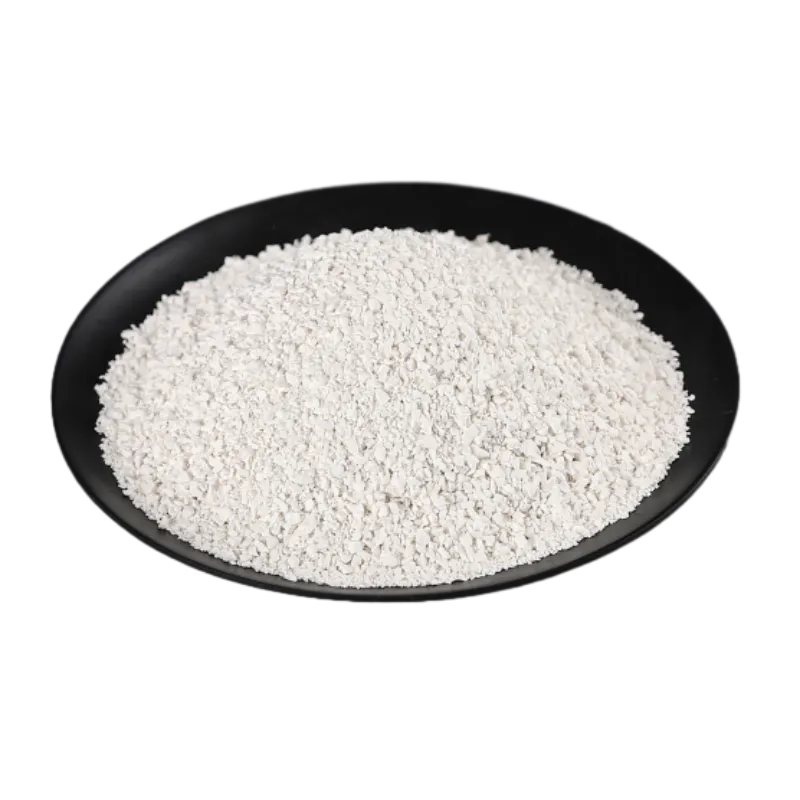
Oct . 18, 2024 19:29 Back to list
How long can you expect a terracotta roof to remain durable and effective?
How Long Does a Terracotta Roof Last?
Terracotta roofing has been a popular choice in architecture for centuries, celebrated for its natural beauty, durability, and energy efficiency. Many homeowners considering a roofing upgrade often wonder how long a terracotta roof can last. In this article, we will explore the longevity of terracotta roofs, the factors that influence their lifespan, and the benefits they offer.
Longevity of Terracotta Roofs
On average, a well-maintained terracotta roof can last anywhere from 50 to 100 years, with some roofs even exceeding that lifespan. The longevity of terracotta tiles is attributed to their composition and the firing process they undergo during manufacturing. Terracotta is made from natural clay, which is molded into shape and fired at high temperatures. This process not only enhances the tiles' durability but also makes them resistant to various environmental factors.
Factors Influencing Lifespan
1. Quality of Materials The quality of terracotta tiles plays a crucial role in determining how long a roof lasts. Higher-quality tiles that are manufactured using superior materials and processes tend to be more durable.
2. Installation Proper installation is key to maximizing the lifespan of a terracotta roof. If the tiles are not installed correctly, it can lead to issues such as leaks, loose tiles, and structural problems, which can significantly shorten the roof’s lifespan.
3. Maintenance Regular maintenance is critical to preserving the longevity of any roof, including terracotta. This includes routine inspections, cleaning of debris, and addressing any minor repairs promptly. Neglecting maintenance can lead to more significant issues down the line.
how long does a terracotta roof last

4. Climate The environment in which the roof is situated also affects its longevity. Terracotta roofs perform well in various climates, but extreme weather conditions—such as severe hail, heavy snowfall, or prolonged exposure to saltwater—can take a toll and shorten their lifespan.
5. Installation Angle The angle of the roof can impact drainage and the roof's exposure to the elements. Roofs with a steep pitch tend to shed water more effectively, reducing the risk of water damage and extending the life of the roof.
Benefits of Terracotta Roofs
Aside from longevity, terracotta roofs offer several benefits. One of the most significant is their energy efficiency. Terracotta has natural insulative properties, helping to keep homes cooler in the summer and warmer in the winter. This can lead to lower energy bills and a reduced environmental impact.
Moreover, terracotta roofs are aesthetically pleasing and can enhance the curb appeal of a home. Available in various colors and styles, they can suit any architectural design. Additionally, because they are made from natural materials, terracotta tiles are environmentally friendly and recyclable.
Conclusion
In conclusion, a terracotta roof can last for decades, with proper care and maintenance potentially extending its lifespan beyond 100 years. Homeowners should consider quality materials, professional installation, and regular upkeep to maximize the roof's longevity. With their remarkable durability, energy efficiency, and timeless beauty, terracotta roofs remain a popular choice for many homeowners looking to invest in a roofing solution that stands the test of time.
-
Stone Coated Metal Roof Tile-Nosen Tile: Durable & Stylish Roofing Solution
NewsJul.26,2025
-
Mosaic Shingles: Durable Roofing, Compare 3 Tab vs Architectural Styles
NewsJul.25,2025
-
Stone Coated Metal Roof Tile-Roman Tile for Durable Elegant Roofing
NewsJul.24,2025
-
Stone Coated Metal Roof Tile-Nosen Tile: Durable & Stylish Roofing
NewsJul.23,2025
-
Durable Tiles Made of Clay for Modern Cladding Solutions
NewsJul.22,2025
-
Stone Coated Roman Tile Metal Roofing - Durable & Elegant
NewsJul.22,2025







